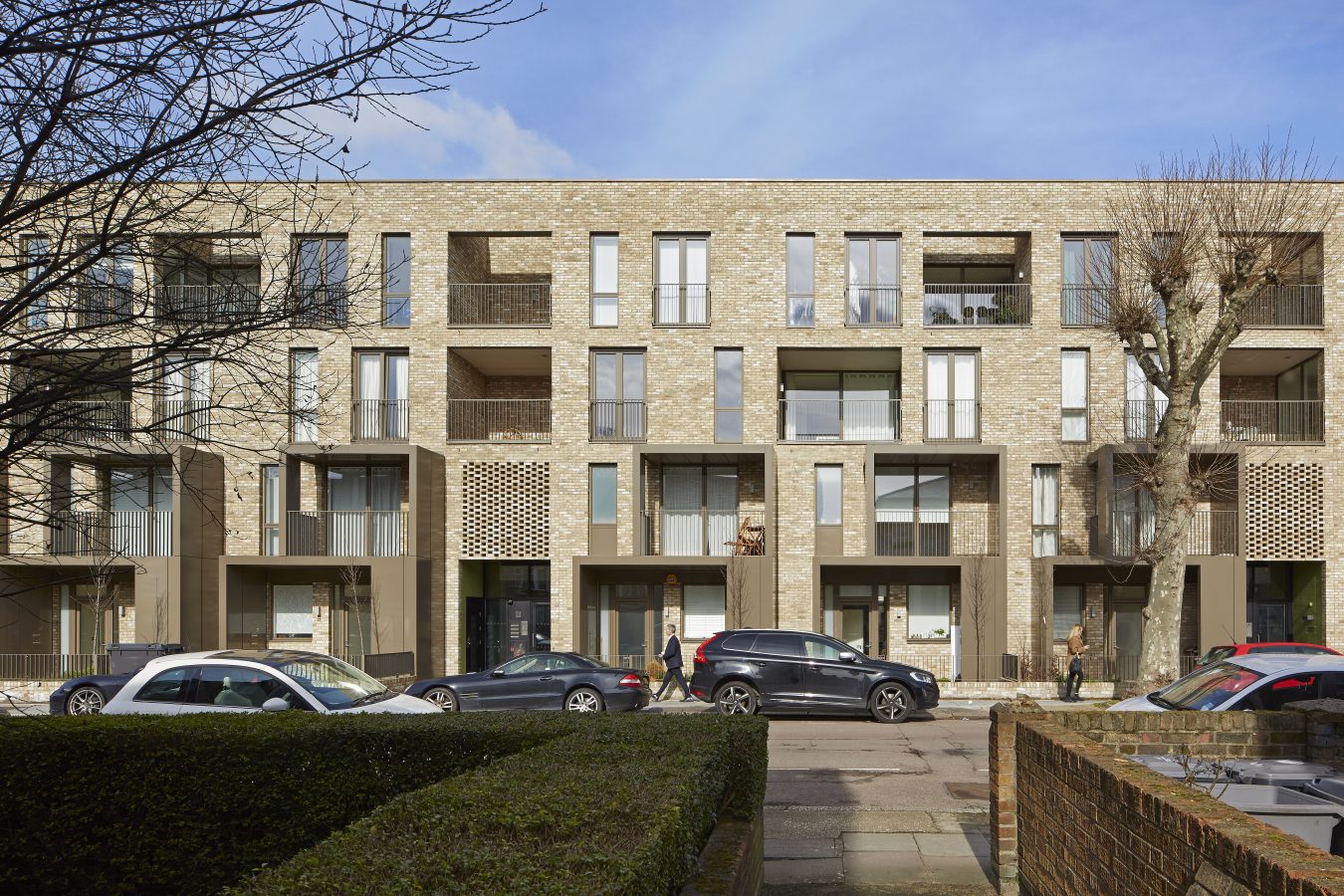Alison Brooks is Canadian, but it took her nearly 30 years to accept her first job in Canada. The Ontario-born, London-based founder of Alison Brooks Architects is considered one of Europe’s best, continuously celebrated and awarded for her innovative approach to construction and design. And now, finally, Canada is getting a taste of the magic.
Tapped by local development firm Rize, Brooks is set to create, as she puts it, “an urban neighbourhood” in the Vancouver area (and that’s all she’ll reveal at this early stage). It is a happy homecoming, and a chance for her nation to see exactly what makes her so sought-after in the UK. “I still feel very Canadian,” she admits, though she has lived in Britain since 1988. “I think there’s a real advantage to being an outsider in a place; as an architect, you see it with fresh eyes. I always love the way in London you see all these layers and layers and layers of history in the fabric of the city. You can read history through the architectural styles of different neighbourhoods.”
Her innate curiosity and willingness to learn has resulted in a creative process not unlike a research paper. “I try to work in a way where every project is a very specific response to the place, to the site, to the neighbourhood, to the culture of the people who live there,” she says, seated at Notch8 inside the Fairmont Hotel Vancouver. “One of the great things about architecture as a profession is every project you get is a kind of research project that I take on as a kind of thesis. You have to investigate the place and its history and how it’s evolved over time and its topography or geology or social history, and find clues and find things that actually are meaningful and can resonate and be re-interpreted for the new project or the new building.” Whether it be a person, a legend, a material, or a symbol, Brooks digs into the heart of each location to pull out its best qualities and respond to them in a way that is both historically respectful and contemporary.
This approach lends her work a definite humanness, an allure that goes beyond function and aesthetic. It’s about connecting each project to its site, its community—a terroir felt in brick and mortar. “I think there’s a new freedom in architecture that is responding to that need that people want to feel like they can identify with a place,” Brooks says. She thinks architects are finally freeing themselves of the shackles of modernism that took over in the 20th century, resulting in structures that are more playful, personal, and joyful.
Whether designing a mixed-use residential complex in Liverpool or an auditorium in Oxford, Brooks attacks it with those sentiments in mind. It’s not enough for her to build a nice edifice with the necessary functions and forms—her projects must sing. They must create happiness and add palpable, energetic value to their cities and towns. This is exceptionally true with The Smile, a public structure created for the 2016 London Design Festival. The wooden tube, which curves like a giant smile, invites the public inside; because its two ends arc up, they act as lookout platforms for the surrounding city landscape. Interactive and stunning, it is exemplary of the type of dialog that she aims to create within every scheme she takes on.
Brooks—who is giving a 2018 Vancouver Design Week keynote speech at Robson Square on May 9—studied architecture at the University of Waterloo in Ontario before moving to London. She has since become Britain’s only architect to win all three of the UK’s most respected architecture awards: the Manser Medal, the Stephen Lawrence Prize, and the RIBA Stirling Prize. She is a London Mayor’s Design Advocate, meaning she lends her opinions and expertise to potential civic projects, and was named the 2013 Woman Architect of the Year by the Architects’ Journal. This year she is showing at the Venice Biennale, and has also been asked to teach at Harvard.
Despite her esteem and accolades, Brooks is anything but showy. She speaks in run-on sentences, taking pauses only when it seems she needs to let her words catch up to her buzzing mind. Listening to her talk, one might begin to think that her brain works almost too fast for her own good, so filled it seems to be with ideas and anecdotes and examples. She emanates a ravishing brilliance, and even with a storied career behind her already, clearly has so much left that she wants to achieve. She might be more known in Britain right now, but it’s only a matter of time before she becomes a household name back home, where it all began.
Read more in architecture and design.











